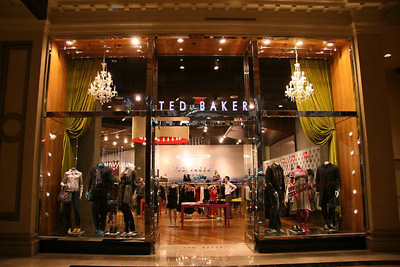Ted Baker is a renowned British luxury clothing company:
It was founded by Ray Kelvin in 1988 in Glasgow, Scotland.
The brand is well-known for its distinctive style that blends classic British fashion with quirky details and a sense of humor.
Ted Baker offers a wide range of products including clothing, accessories, and footwear for all taste of people.
All have helped Ted Baker establish a strong presence in the fashion industry.
Ted Baker stores are known for their elegant and sophisticated interior design, creating a luxurious shopping experience for customers.
Including the United Kingdom, United States, Canada, and many more.
The brand continues to innovate and create stylish collections,
That appeal to fashion-forward individuals looking for high-quality clothing with a touch of British charm.
Along with its distinctive style, quality products, and playful approach to design.
The brand’s ability to blend traditional British fashion with contemporary trends has earned it a loyal following of customers worldwide.
Recently the US outlets of Ted Baker are going on closing sale-offering upto 70% discounts.
Ted Baker’s decision to end its operations in the United States marks the end of an era for the brand in the American market.
The British luxury clothing company, known for its unique blend of classic British style and quirky designs.
Moreover it has faced challenges in the competitive U.S. retail landscape.
Despite its initial success and popularity in the United States, Ted Baker has struggled to maintain its position in the market due to changing consumer preferences, increased competition, and economic factors.
The closure of Ted Baker stores in the U.S. signifies a shift in the brand’s global strategy and a focus on other regions where it can thrive.
Here is a glimpse of what the closing sales in US looks like!
View this post on Instagram
While the end of Ted Baker’s presence in the United States may be disappointing for fans of the brand.
It also opens up new opportunities for Ted Baker to reallocate resources, refocus its efforts, and continue to grow in other markets where it can better connect with consumers and drive success.
This strategic decision reflects the brand’s commitment to adapt to the evolving retail landscape and ensure long-term sustainability and growth.
























